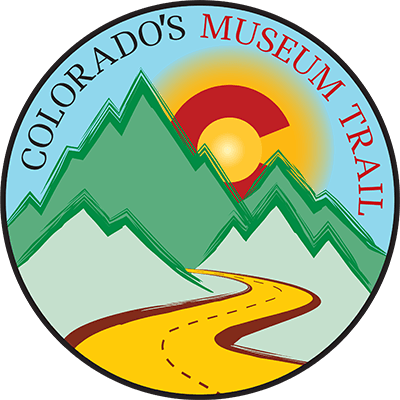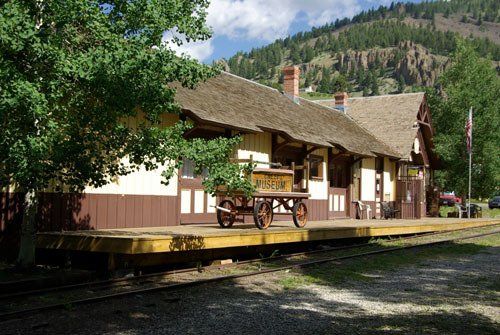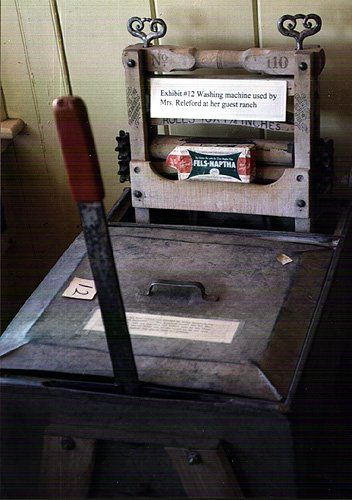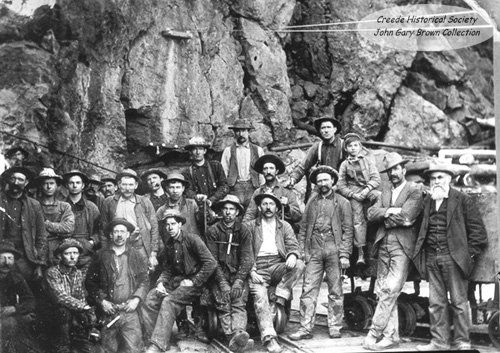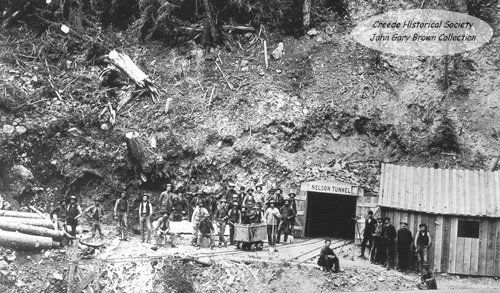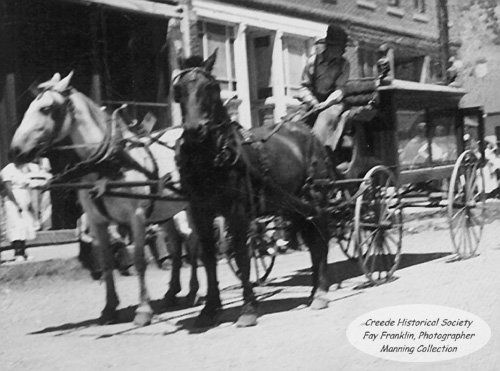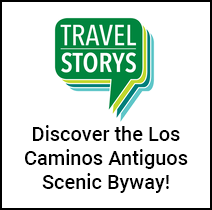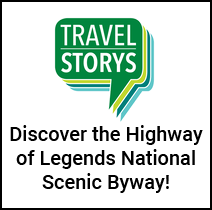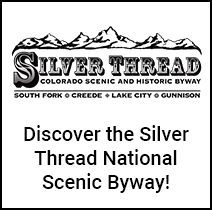History of Creede
Travelers to this area appeared in the early 1800s. Tom Boggs, a brother-in-law of Kit Carson, farmed at Wagon Wheel Gap in the summer of 1840. Ranchers and homesteaders moved in when stagecoach stations (linking the mining operations over the Divide with the east) were built in the 1870s, but the great “Boom Days” started with the discovery of rich minerals in Willow Creek Canyon in 1889.
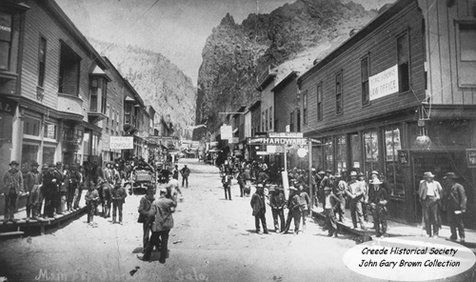
The business district of Creede was originally made of wooden structures. This changed after the fire of 1892.
Creede is located near the headwaters of the Rio Grande River, which flows through the San Juan Mountains and the San Luis Valley on its way to New Mexico, Texas, and eventually into the Gulf of Mexico. The river has played a critical role in the development of farming and ranching in the Valley.
Creede was the last silver boom town in Colorado in the 1800s. At its peak there were 10,000 people in the area. That’s hard for us to imagine these days. The Creede mines were in continuous operation from 1890 until 1985.
The original town site of Creede was located on East Willow Creek just above its junction with West Willow Creek. Below Creede were Stringtown, Jimtown, and Amethyst. The Willow Creek site was soon renamed Creede after Nicholas C. Creede who discovered the a mine that he named after his expression of excitement Holy Moses upon discovering the Holy Moses mine. Soon the entire town area from East Willow to Amethyst was called Creede.
As the people poured in, more new towns sprang up in the area. Spar City, Bachelor, Stumptown, and Weaver became thriving communities. Today Spar City is a private resort. There are no buildings left in Stumptown or Weaver and only ghostly remains of a few cabins may be seen in Bachelor.
The town of Creede was incorporated on June 13, 1892. The incorporation brought an end to much of the lawlessness which had existed prior to June of 1892. Camp bosses, such as Jefferson R. (Soapy) Smith and Bob Ford, were no longer in power.
Creede’s boom lasted until 1893, when the Silver Panic hit all of the silver mining towns in Colorado. The price of silver plummeted and most of the silver mines were closed. Creede was one of the few silver towns to have enough other minerals to stay alive – it never became a ghost town, although the boom was over and its population declined.
Mining remained the primary base of the local economy until 1985, when the Homestake Mining Company closed down their Bull Dog operation. There remains a plentiful supply of silver waiting to be mined when the price gets high enough for it to be profitable.
Today, Creede is an old mining tourist town with many interesting sites to see, including the town itself. The Creede Repertory Theater has plays all summer long. The town boasts two museums, the Creede Historical Society Museum, located in the old Denver and Rio Grande Railroad Depot (which has historical designation) and the Creede Underground Mining Museum, located up Willow Creek Canyon. Visitors have a choice of many restaurants, art galleries, gift shops and sundry shops to visit. The Bachelor's Loop Tour will take interested person through Creede’s mining past and by some breathtaking scenery.
Return to the Creede History Museum hompage.
